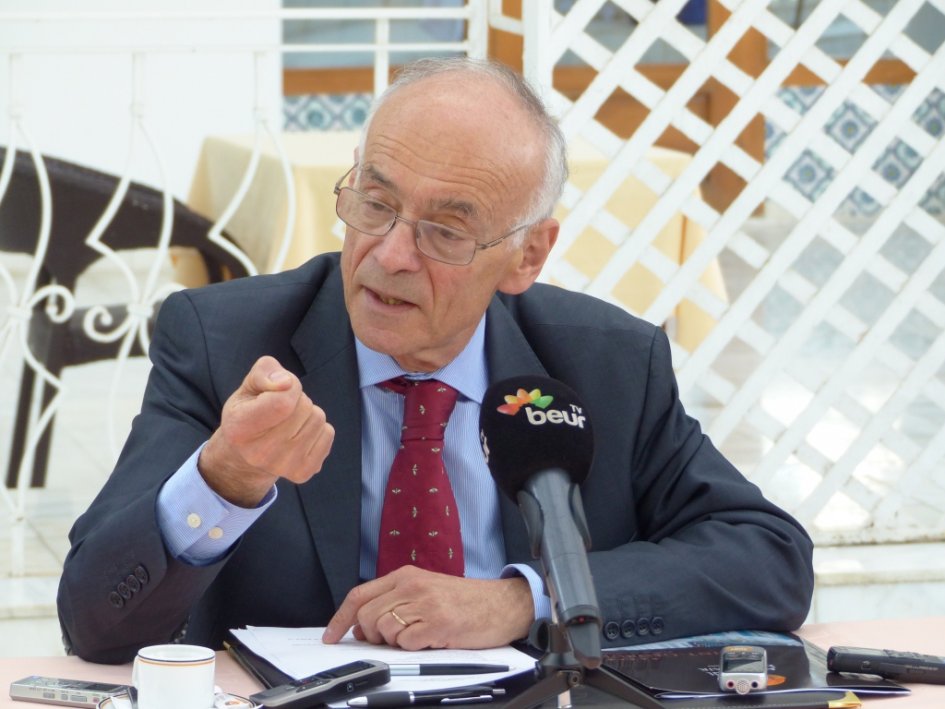
International renewable energy (RE) power developers are looking to invest in Africa as a result of the continued success of the South African Renewable Energy Independent Power Producer Procurement Programme (REIPPPP) and the global decline in RE technology costs.
RE suppliers are more specifically looking to explore opportunities in sub-Saharan Africa due to the surplus of RE stocks and services globally, the acute power supply deficit in almost every country of sub-Saharan Africa, and abundant RE resources on the continent.
New analysis from Frost & Sullivan, Large-Scale Renewable Energy Power Development Opportunities in Sub-Saharan Africa finds that opportunities for the development of grid-connected solar, wind, and geothermal power projects exist in South Africa, Tanzania, Namibia, Kenya, Zambia, Nigeria and Ethiopia.
The Ivory Coast and Ghana, despite not appearing in the top-five, have also been identified as important countries for their large-scale solar photovoltaic (PV) potential. Solar PV is by far the most popular technology in development, followed by wind, geothermal and concentrated solar power (CSP).
“Certain governments across Africa are striving to frame clear regulatory and institutional frameworks in order to rapidly deploy RE power technologies as they have recognised the potential for large-scale RE development,” said Frost & Sullivan Energy & Power Systems Industry Analyst Celine Paton. “Prominent challenges to these efforts, however, include the bankability of the projects, limited grid capacity and the affordability of electricity. Poor long-term planning often compels governments to implement expensive short-term solutions.”
Furthermore, the market will require creative funding schemes that will improve the bankability of RE power projects. Development finance institutions, like the International Finance Corporation with its Scaling Solar Programme as well as the Climate Investment Funds’ Scaling Up Renewable Energy in Low Income Countries Programme (SREP), are already moving in this direction.
“Following a global trend, governments in most sub-Saharan Africa countries have established increasingly ambitious RE targets for their power sectors,” noted Paton. “Solar, wind, and geothermal technologies will represent the highest growth, slowly eroding the dominant market share of hydropower, which has recently been prone to severe climate change issues.”
As of June 2015, the pipeline of large-scale RE (solar PV, CSP, wind) power projects in sub-Saharan Africa (excluding North Africa, South Africa and the African islands) totalled approximately 14.7 gigawatts. While only 647 megawatts (MW) is actually under construction, there has been significant progress since early 2014 with the commissioning of flagship projects like the Olkaria I-III-IV geothermal projects in Kenya (306 MW), the Adama II wind project in Ethiopia (153 MW) and the financial close of the Lake Turkana wind project in Kenya (310 MW).
The global market trend – in terms of procurement and contracting mechanisms – is currently favouring a competitive bidding process, similar to the one adopted by the REIPPPP. The renewable energy feed-in tariff (REFiT) approach also continues to be used in emerging markets like Kenya, Uganda, Tanzania, Rwanda, Nigeria and Ghana.
“Overall, strong government support, a long-term vision, astute energy planning and private sector involvement are essential for the successful implementation of RE power projects in sub-Saharan Africa,” observed Paton. “RE power developers that can leverage these factors and garner innovative financing structures will be the ones that optimally tap the opportunities in this dynamic market.”
Large-Scale Renewable Energy Power Development Opportunities in Sub-Saharan Africa is part of the Energy & Power Growth Partnership Service program. Frost & Sullivan’s related studies include: Mozambican Gas Sector: Major Opportunities Across Multiple Industries, Diesel Generator Market in Kenya, Uganda, and Tanzania and An Overview of the South African National Development Plan 2030 and the Industrial Policy Action Plan.
All studies included in subscriptions provide detailed market opportunities and industry trends evaluated following extensive interviews with market participants.










